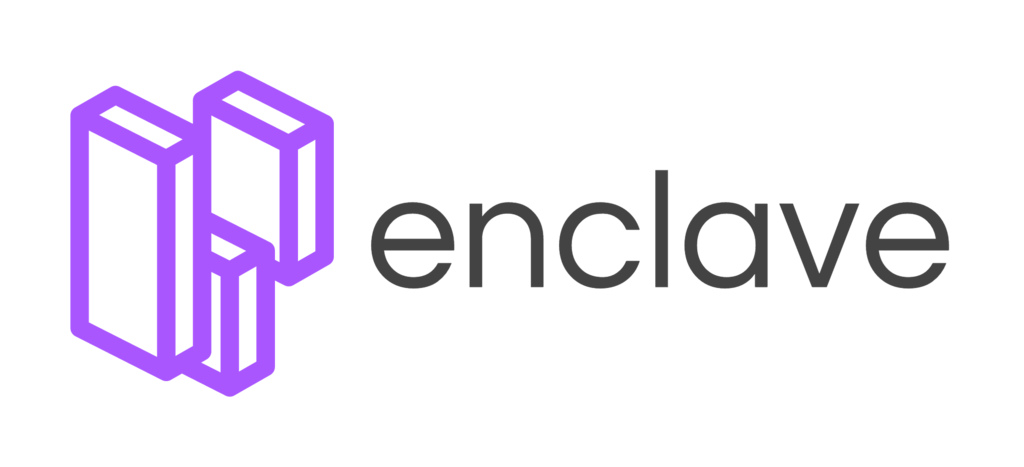
A lightweight API for compiling React applications with Webpack and Babel.
Getting Started:
$ mkdir my-new-app
$ cd my-new-app
$ npm init
$ npm install enclave-cli --save
Enclave will then take you through a series of prompts. The answers to these prompts will create a enclave.js file in your application's root. This file is what enclave uses to reference your build. If you need to change any of your settings, you can do that directly in the enclave.js file.
Create an entry point for your application:
$ mkdir src && touch src/Main.js src/index.html
Write some code, something like this should work:
/* src/Main.js */;;Component{return<div><h1>Welcome to my app!</h1></div>;};
Configure your index.html file to have something with the id your react app is looking to hook into ("root" in this case)
<!-- src/index.html -->my app
Also, this is where you would do things like hook in a cdn or google fonts or whatevs.
Enclave will automagically add a script to your package.json file which will allow you to run everything.
To run it, type the following in your terminal:
$ npm start
If you want to edit your scripts, you can just move the start command somewhere else.
Then find your app at http://localhost:8080
If you set your port to something other than 8080, then go there instead!.
Currently supported settings
When enclave is installed in your project, it creates an enclave.js file, this is where your settings are stored. Currently supported settings are:
- entry: {string} The relative path of your entry file, it tells Webpack where to start compiling. Ex. "src/App.js"
- output: {string} The relative path and name of the directory you want Webpack to spit your compiled code into. Ex. "dist"
- port: {number} The port where you want your app to run. Ex. 3000
- index: {string} The relative path of your
index.htmlfile. Ex. "src/index.html" - live: {boolean} Whether you want live-reload or not. Takes in "t", "f", "true", or "false"
After your complete enclave's prompts, you'll find a enclave.js file in your app. If you need to edit any of the answers you gave you can do that here. It should look something like this:
/* enclave.js */exportsentry = "src/App.js"exportsoutput = "dist"exportsport = 3000exportsindex = "src/index.html"exportslive = true